“Cities have the capability of providing something for everybody, only because, and only when, they are created by everybody.”
― Jane Jacobs, The Death and Life of Great American Cities
As mentioned on a previous post, April 13 was the 2nd annual Jane Jacob’s Hidden East Austin Walk. The walk is really an informal ad hoc, guerrilla style tour, which is a labor of love.
The walk is one of several international Jane Jacobs Walks organized by theCenter for The Living City and commemorates the life and works of Jane Jacobs (1916-2006). Jacobs was a community organizer and activist who championed a fresh, community-based approach to city planning.
Jane Jacobs was known for taking on Robert Moses and urban renewal.
She had no formal training as a planner, and yet her 1961 treatise, The Death and Life of Great American Cities, debuted ground-breaking and controversial ideas about how cities function and how neighborhoods evolve.
The tour, though not a direct confrontation with development and developers, is intended to a raise awareness and encourage participants to value the remaining remnants of history endangered or destroyed by reckless development and gentrification in East Austin.
We had more than 30+ tour participants. The photography below, courtesy of my fellow UT Planning PhD student Jane Winsolw, includes a few highlights of yesterday’s tour.
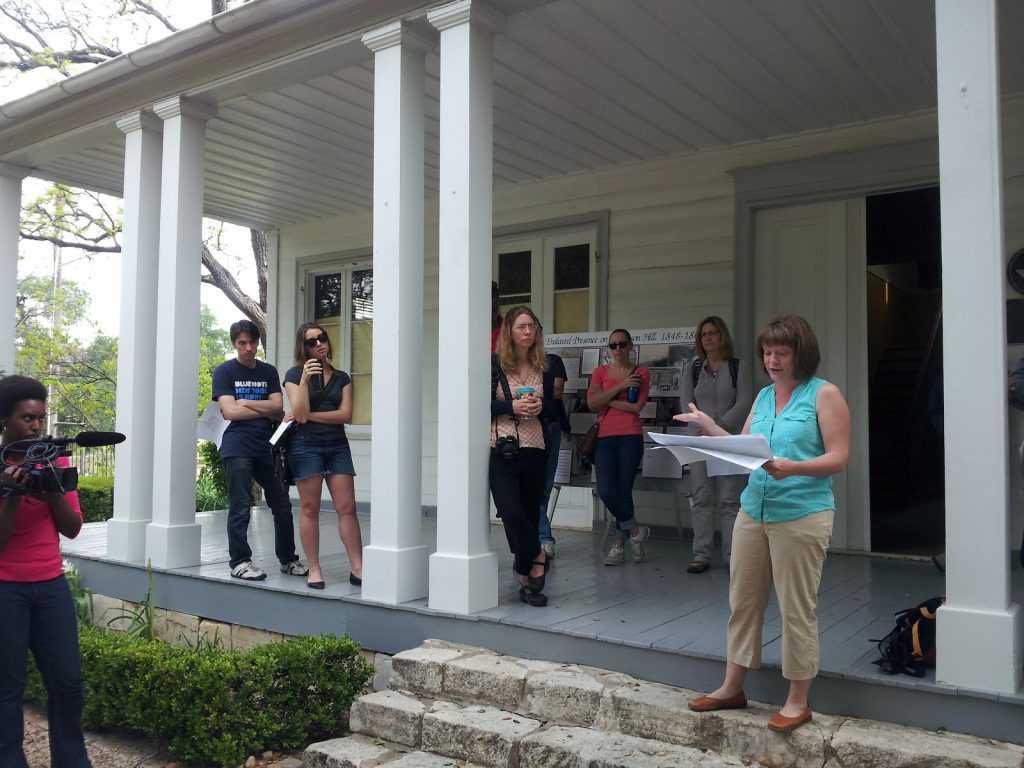
Former French Legation Director and Public Historian, Stephanie Jarvis on the Enslaved Presence and Black settlement on original French Legation grounds. We began the tour at the French Legation Museum.Now 2 acres the original Legation consisted of 22 acres of land. This was also the site where nine enslaved/captive Africans worked and lived.
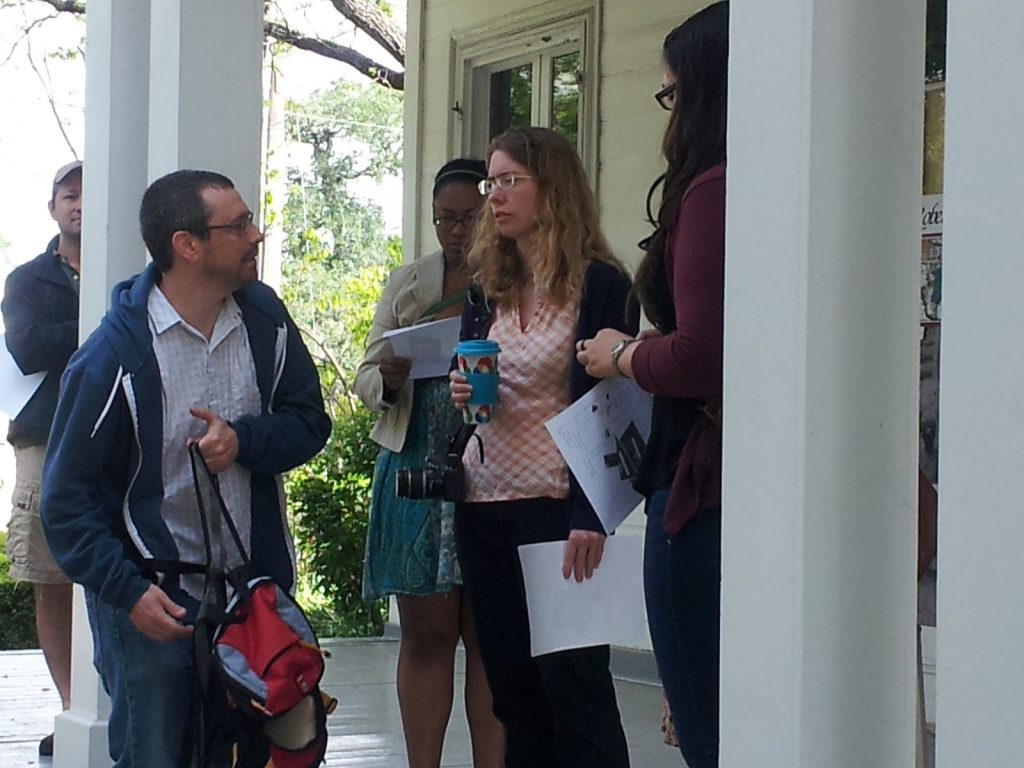
Dr. Tretter and tour coordinator Jenni Minner at French Legation Museum
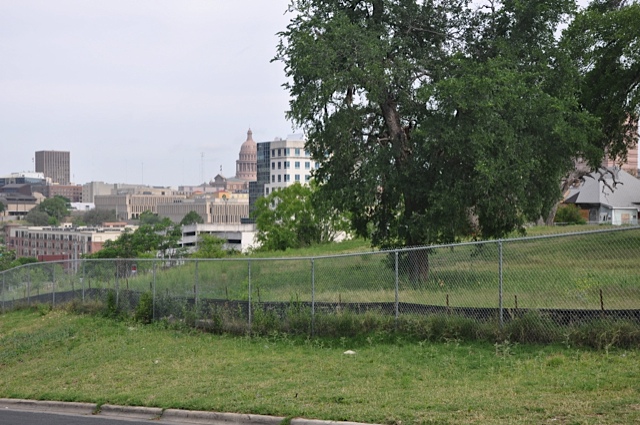
Site of a Black Settlement called Pleasant Hill, located at I-35 and Embassy behind the current 2 acre site known as the French Legation.
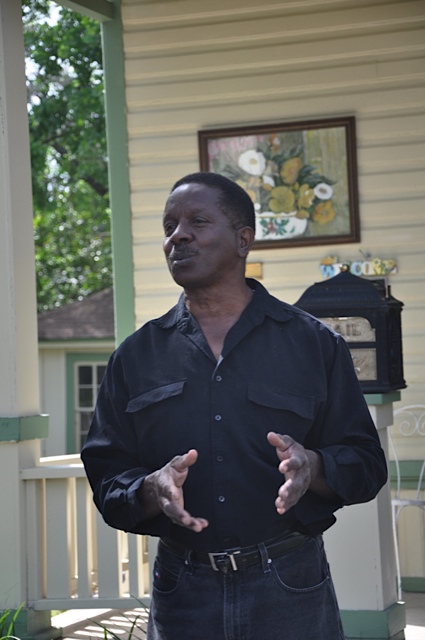
Artist, tour guide and leader of the Passon Society, Bertam Allen, based at the Southgate Lewis House at 12th and Comal. Bertram is also the author of Blacks in Austin.

Tour participants learning more about the Southgate Lewis House and its original residents.
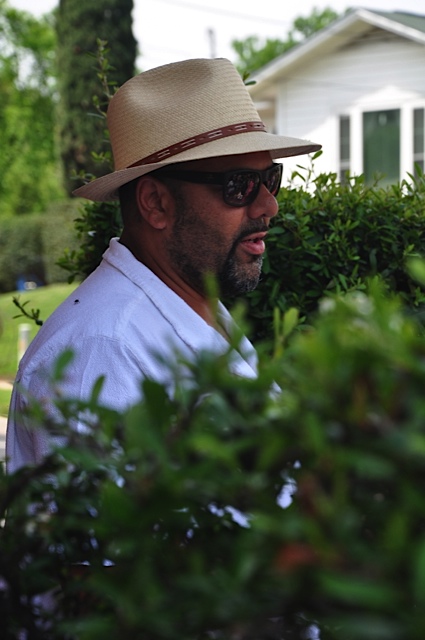
Dr. Fred McGhee at the Rosewood Courts Site. He illuminated the national and local significance of the site. The site’s architect also founded the UT School of Architecture. LBJ’s intense lobbying as a young Congressman made the building of the all-black housing authority site possible in 1938.
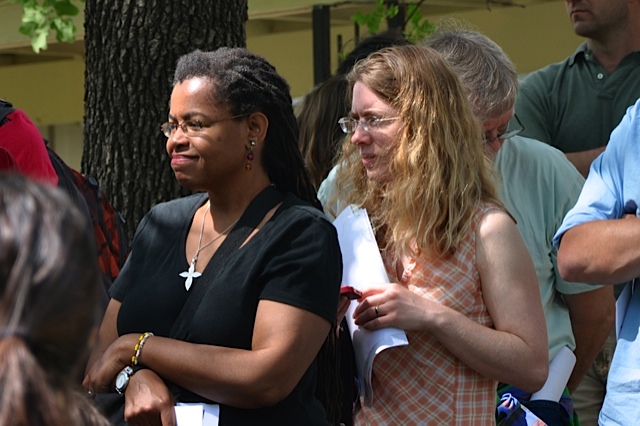
Soon to be Dr. Jenni Minner and me at our last Jane’s Walk together. Jenni’s off to teach at Cornell!
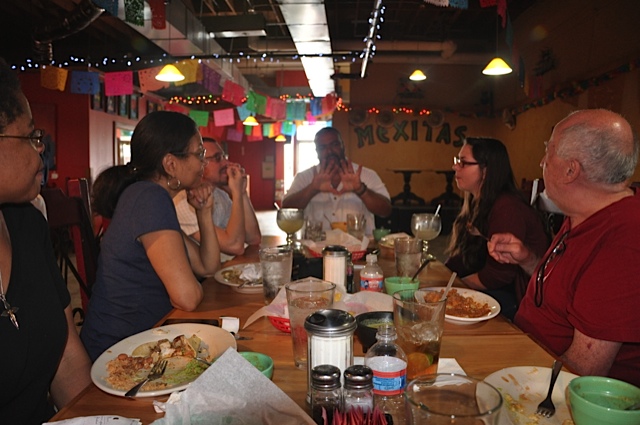
Lunch at Mexitas with Dr. Tretter, McGhee, and local historian Danny Camacho!
(have the fish tacos)

Dr. Eliot Tretter, author of, The Privilege of Staying Dry: The Impact of Flooding and Racism on the Emergence of the ‘Mexican’ Ghetto in Austin’s Low-Eastside, 1880-1935 explains impact of urban renewal on minorities in Austin.
Thanks to our voluntary tour guides and volunteers who are all committed to raising awareness of Black and Latino hidden history in Austin:
Nöel Harris Freeze, Director of the French Legation Museum
Eliot Tretter, Assistant Professor in Geography
Fred McGhee, a preservation consultant and archaeologist
Stephanie Jarvis, a public historian and former director of the French Legation Museum
Bertram Allen of the Passon Society
Josh Conrad, Austin Historical Wiki Developer